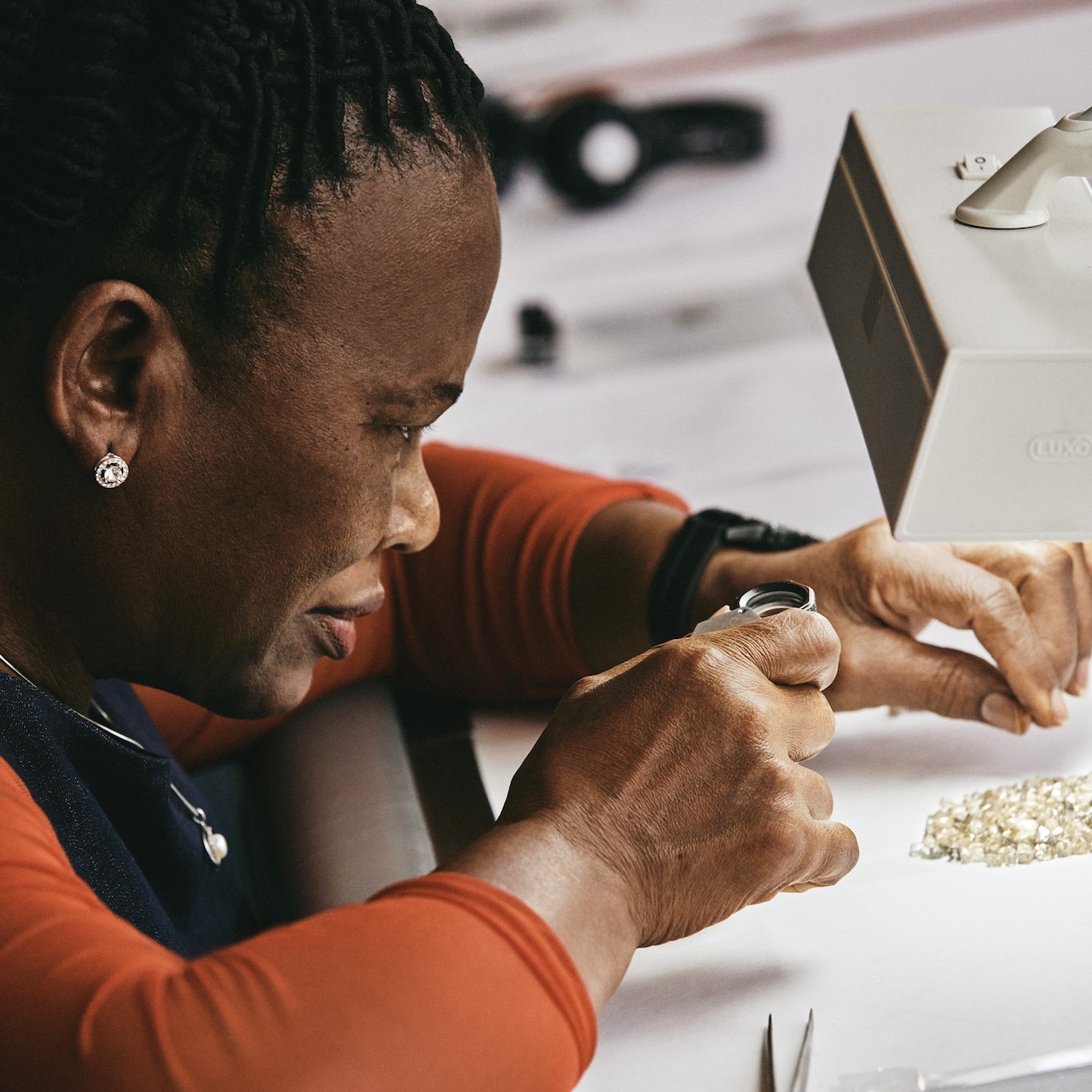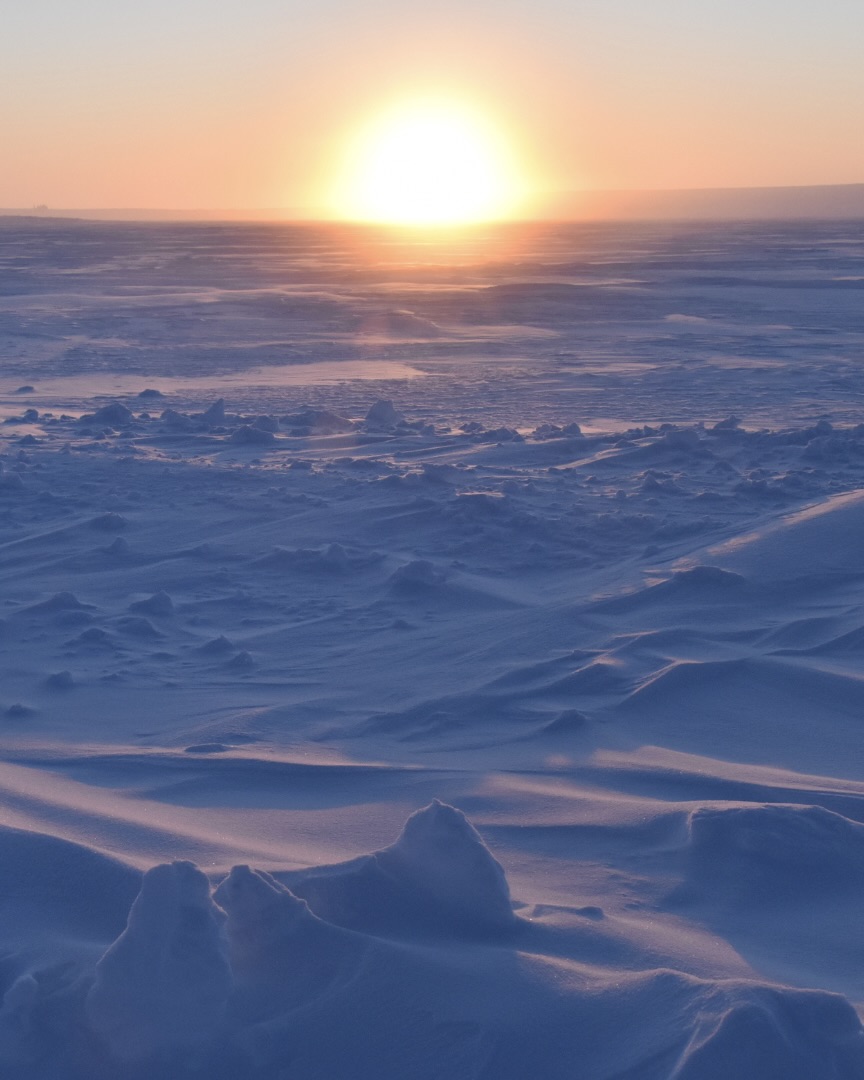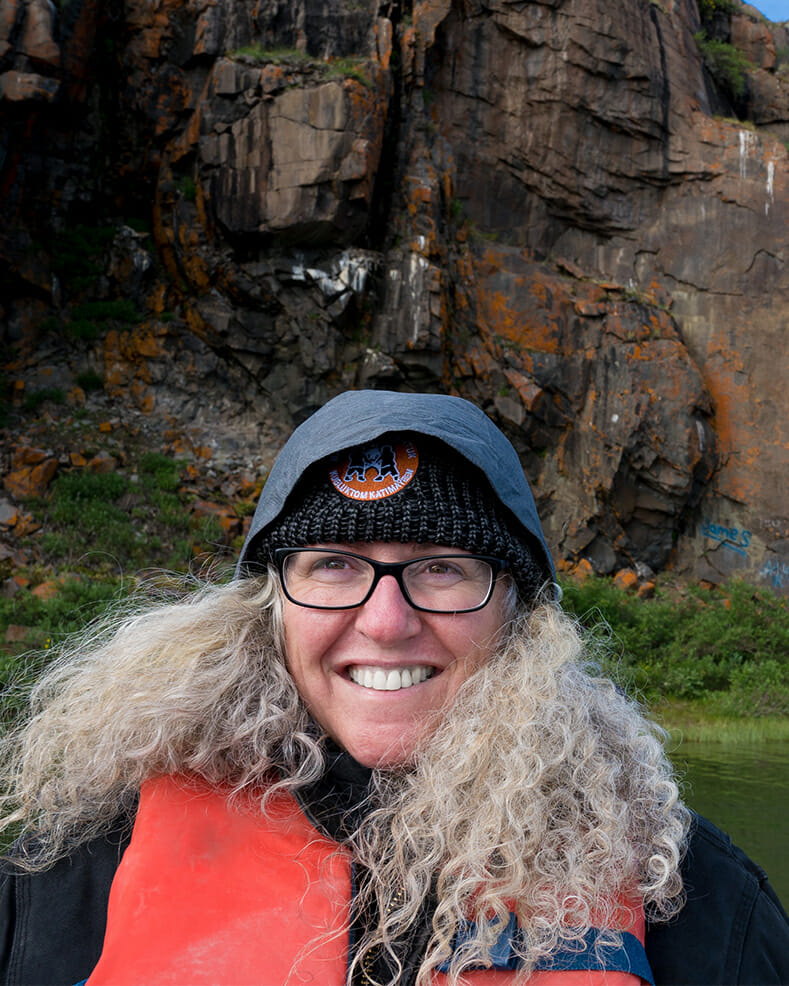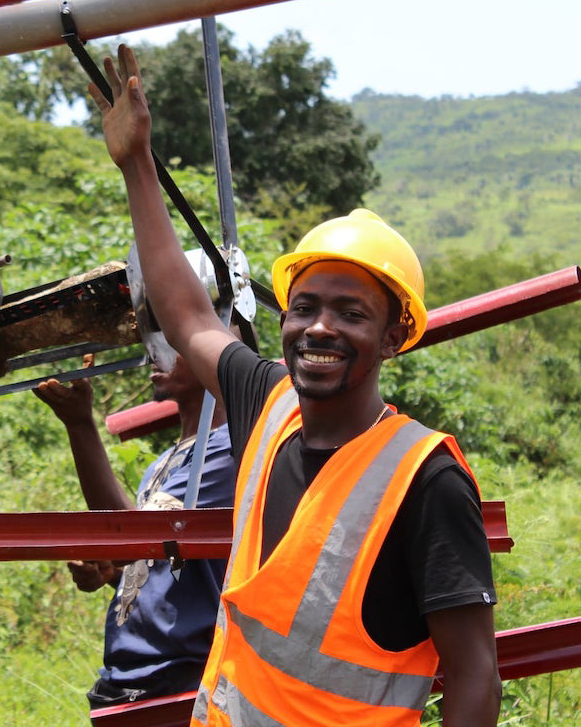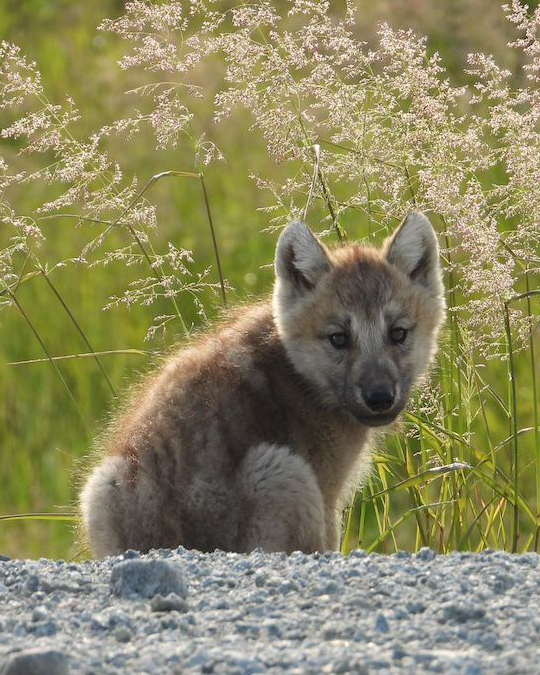Responsibility
Sierra Leone Charts a New Diamond Story
By Jill Newman, June 5, 2025
GemFair’s artisanal mining program is reshaping life in the region.

Miner viewing a diamond under a loupe prior to logging. (Courtesy of GemFair)
In the remote Kono district of Eastern Sierra Leone, diamond miner Tamba Dominic, 72, is all smiles on a Zoom call when he talks about how his life has changed over the past few years.
During his nearly 50 years of diamond mining, the Kono native has seen his share of hardship through decades of civil war, political strife, and years when he struggled to earn a living to feed his 10 children.
But since GemFair came to Kono in 2018, he says, life has improved considerably for him and his neighbors in this distant diamond mining town. He was among the first to join the De Beers-funded program, which works with artisanal and small-scale diamond miners to raise safety and environmental standards, ensure fair diamond prices, and enable traceability from mine to market. If it sounds too good to be true, Dominic’s story is proof that ordinary citizens can reap the benefits of their country’s natural resources.
Meet the Author

- Jill Newman is a jewelry authority, editor, and storyteller with over 25 years of experience, having reported from diamond mines in Africa, cutting workshops in India and Belgium, and ateliers around the world.
- She serves as Editor-at-Large for the Natural Diamond Council, with additional bylines in The New York Times, Town & Country, Elle Décor, and Robb Report.
Today, Dominic says miners are earning better wages, agricultural farms are thriving on what were once abandoned diamond pits, and his increased income has enabled him to send four of his children to university where they are studying law, finance, and medicine.
This isn’t just about Kono; the pioneering program serves as a model for transforming the massive international artisanal and small-scale diamond mining industry. The sector accounts for around 10% of global diamond supply by value, according to De Beers, and provides incomes for millions of people in some of the poorest parts of the world.
According to the World Bank, a staggering 41 million people are employed in artisanal and small-scale diamond mining (ASM) across the globe.
Sierra Leone’s Diamonds: Past and Present
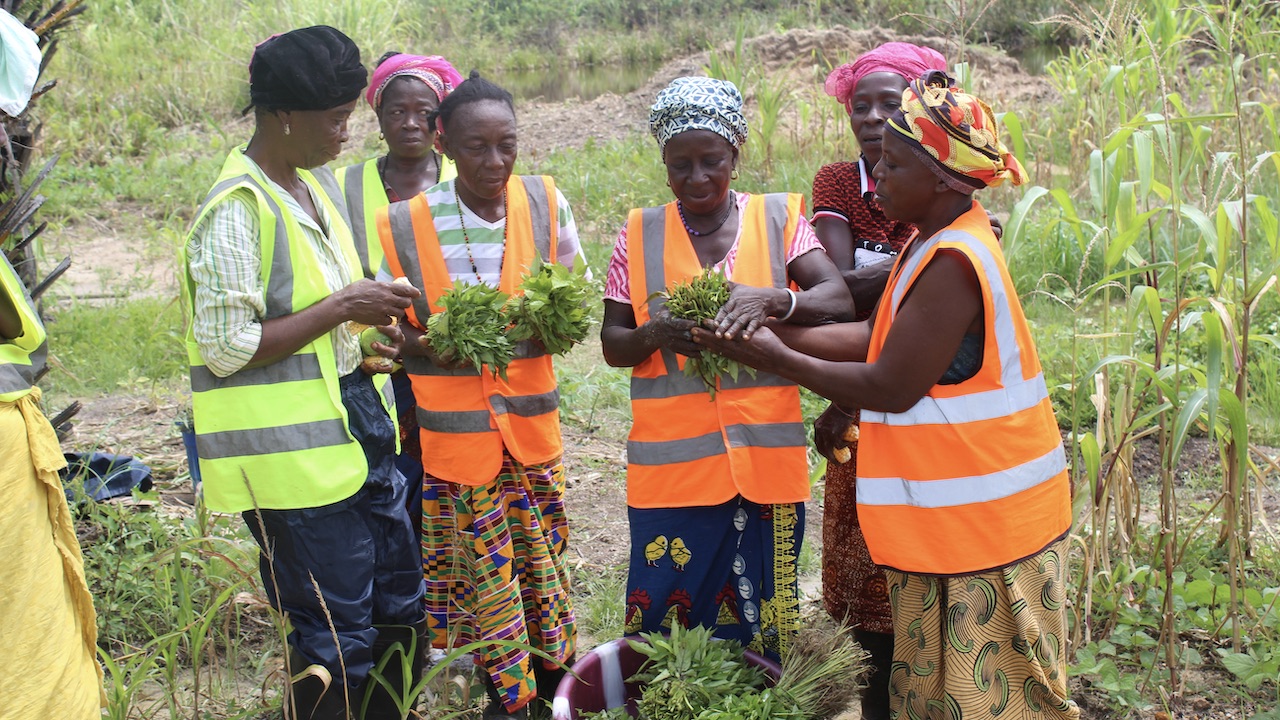
Sierra Leone is historically rich in diamond deposits. They are found largely in alluvial mines, where miners sift through layers of mud and gravel for rough diamonds that were moved through the river’s currents. Diamonds were first found in Sierra Leone’s Kono district in 1930, but a lack of governance and corruption meant that few miners benefited from their country’s bounty. Then came the two-decade-long civil war, where diamonds were illegally trafficked to support rebel groups.
Since the war ended in 2002, the thousands of artisanal miners in Kono didn’t have the education, tools, or resources to improve their conditions. Some bad actors came to the region and took advantage of the situation, and miners weren’t paid fair market value for their stones, but they had no other options.
De Beers saw an opportunity to shift the narrative and partner with the local miners to create a viable commercial business. As consumers increasingly want to know their diamond’s origin and story, De Beers developed a responsible sourcing model for the region, one that not only supports and elevates artisanal and small-scale miners but is also traceable from mine to market.
The mining giant understood that it would take time, resources, local partnerships, and most of all, trust to build a sustainable and responsible artisanal mining program in Sierra Leone.
The Sierra Leone GemFair Model in Action
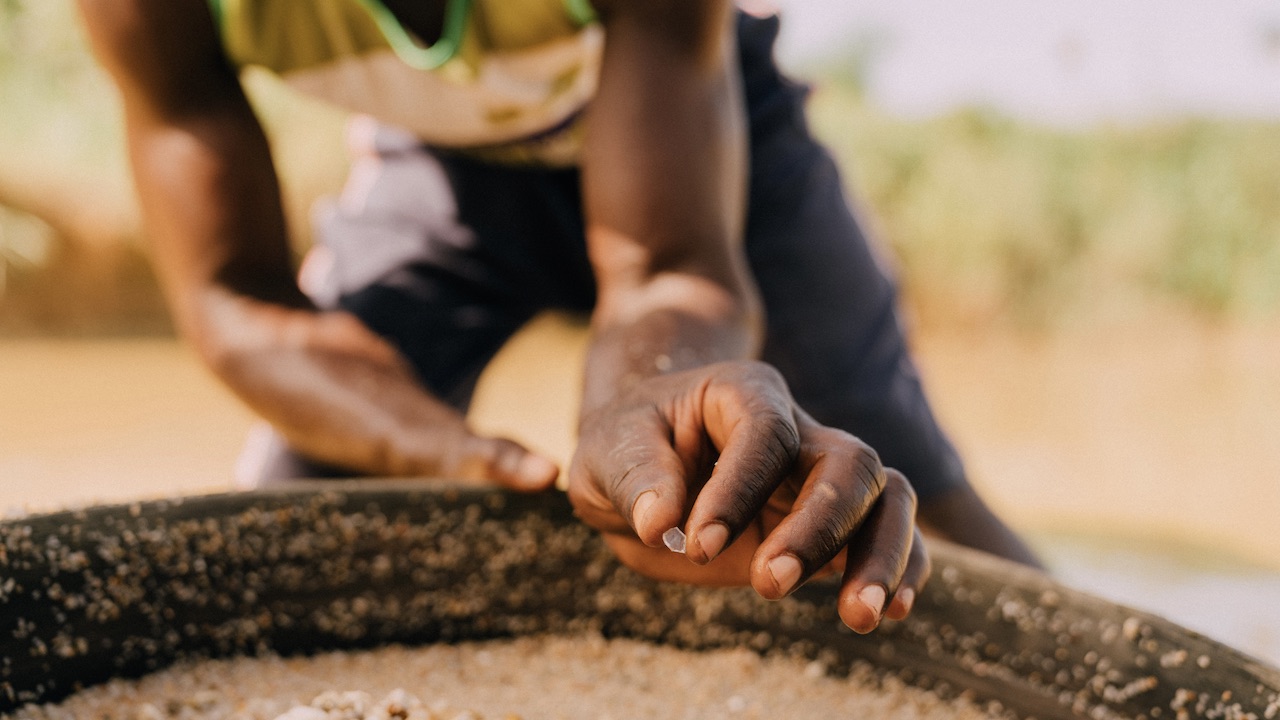
“We wanted to pilot a new model, one that didn’t exist anywhere else,” says Feriel Zerouki, senior vice president of provenance, ethics & industry relations at De Beers Group. “We wanted to raise industry standards, focus on sustainable development, and be commercial partners to artisanal miners.” In addition to elevating standards, GemFair offers participants transparent, fair market value for their diamonds. At first, locals were skeptical. It took time to convince them to join the program, but now it’s taking off.
GemFair has more than 400 Kono mine sites enrolled in the program, which collectively supports more than 6,000 jobs. In 2024, despite a difficult year for the global diamond industry, GemFair increased its diamond purchases by 68 percent. It also reached two milestones last year: It purchased its 10,000th diamond and its largest ever stone at 69.3 carats.
According to Zerouki, the biggest hurdle was gaining trust. “In the past, people have come in offering help but didn’t stay when times got tough,” she explains. “The pandemic was a massive challenge for us, but it was also great in evidencing that despite these challenges, we were here to stay. Over the last five years, the transparent way that we do business, the fact we stick to our word and offer to buy diamonds across all size ranges and qualities, and how we maintained the integrity of the relationship has meant that they trust us, and they also work in the same manner.”
Changing Attitudes Around Mining in Sierra Leone

When GemFair first came to Kono, Zerouki says they had to do a lot of community outreach to get people to come to the buying office. “Now, miners start queuing outside the office at 6 am to sell their diamonds.”
Dominic admitted he was hesitant when a GemFair representative invited him to attend a training session. But after decades of mining, GemFair taught him how to weigh and assess a diamond’s quality with a loupe and scale and gave him the tools.
“When I find a diamond today, no matter what the size or quality, I’m getting better prices,” he says. In the past, he says he often brought diamonds to a local buying office and sometimes returned the next day and was told they were lost, or he was given low offers without recourse or knowledge of prices.
Kono native Raymond Alpha, GemFair’s location manager, was part of the team that encouraged locals to join. “Before GemFair, mining was often considered a low wage job,” he says. “Now people are proud to be a miner, they are supported, they are making an acceptable hourly wage, and they have safety measures and gear.” Word is spreading among locals.
Once GemFair members are approved and join, they are trained in classrooms, and the program’s team of nine field officers constantly visit the mining sites, support the miners, and ensure they are adhering to safety, human rights, and environmental standards.
Life After Mining in Sierra Leone
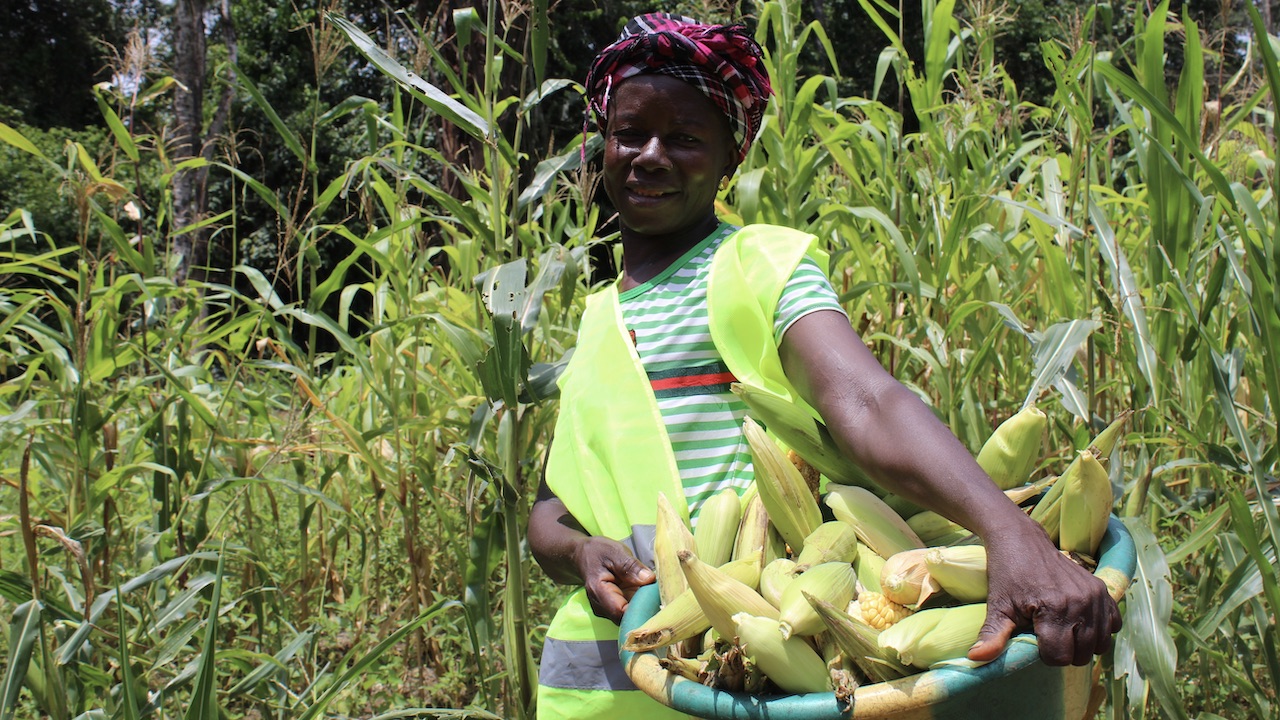
In remote areas like Kono, GemFair faced many complex issues, a primary one being abandoned mine sites. As part of the GemFair program, participants are required to rehabilitate the land once it’s mined. GemFair has already supported the reclamation of more than a dozen former mine sites and will continue to rehabilitate abandoned sites across the region.
The above-ground alluvial mines are often surrounded by green and lush areas, Zerouki explains. “The miners don’t need to use chemicals to extract stones, just a shovel and a sieve, it is rudimentary.” That makes it easier to rehabilitate the land and make it productive for farming.
GemFair’s team is teaching the locals better farming techniques so families can cultivate crops year-round on both reclaimed sites and their home gardens. They are growing fruits and vegetables and developing fisheries, which feed their families and are sold to neighboring villages. While mining tends to be men’s work, farming gives women an opportunity to contribute to the family’s income, providing them independence and food stability for the first time.
Among the farming issues they faced was low-quality soil because mining stripped topsoil away, leaving it acidic and less nutritious. It was an easy fix: The GemFair team taught them to use lime or oyster shells to reduce acidity and add additional topsoil enriched with compost produced by local farmers before planting the crops.
While farming vegetables might seem like a small accomplishment, the impact is large, says Ruby Stocklin-Weinberg, PhD, GemFair’s program manager. “Most farmers are women, and farming provides a little bit of extra income that their family needs to send their kids to school,” she says.
Lessons Learned from Sierra Leone
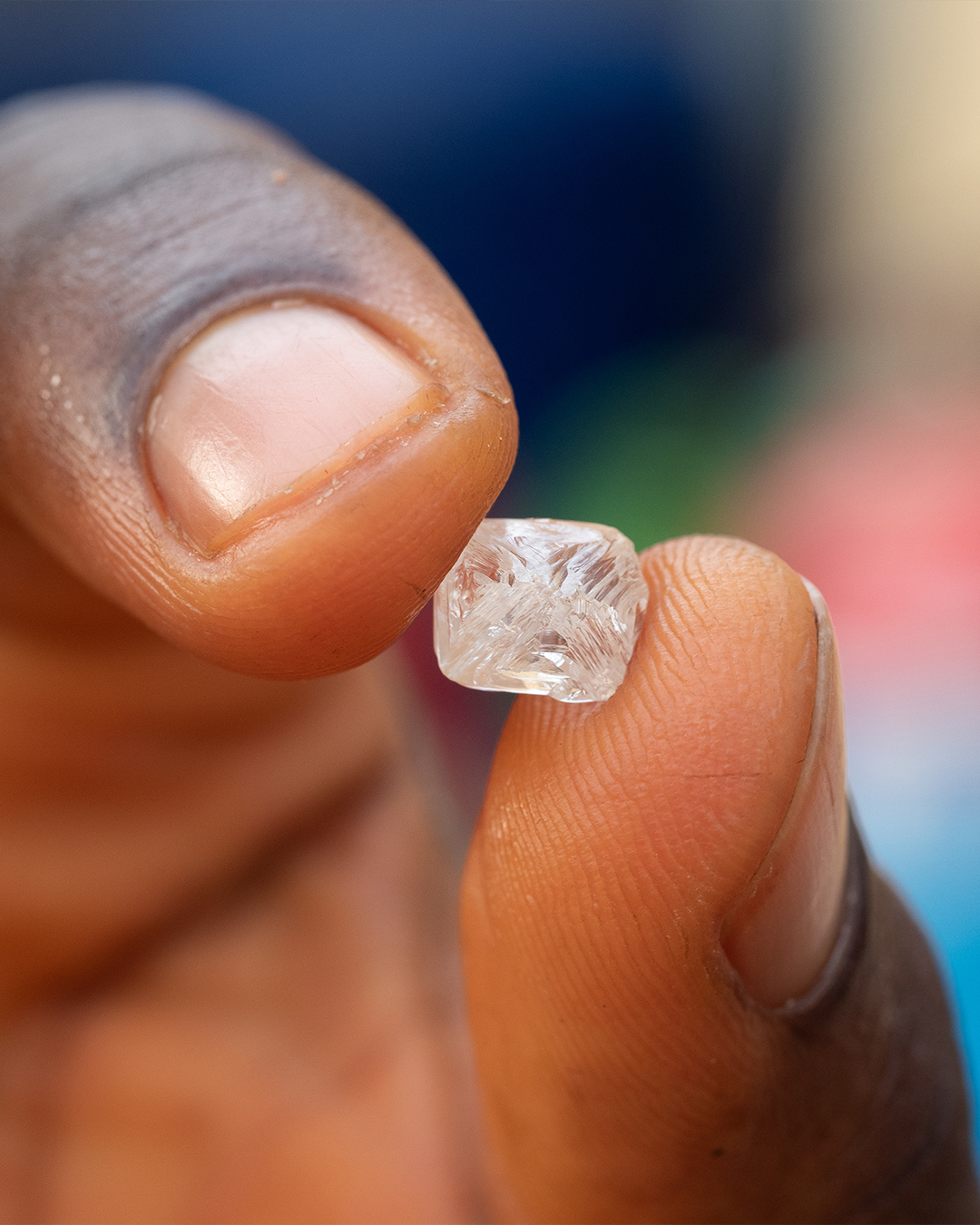

There was a big learning curve when GemFair came to town seven years ago. During their initial research, Zerouki says they learned that artisanal miners were getting just 20% of the value of their diamonds. When GemFair offered fair market value, they expected enthusiasm, but she said there was silence.
That’s because the artisanal mining sector required sponsors or financial advancements to pay for the costs of running the mine, and sponsors were paid back in diamonds. That model didn’t work when miners had a bad year and didn’t have the diamonds to pay back their sponsor. So, GemFair created a forward purchase agreement, where they incur the risk of the loan. Regardless of what miners participating in the GemFair program find, Zerouki says, “We offer them a fair price on everything. They don’t need to sell to us if they don’t like the price, but at least they know the price is market value.”
GemFair also had to reevaluate its standards to allow for miners to enter the program in earlier stages. “We set some pretty high standards, and then we learned that we are too strict for some,” says Stocklin Weinberg. Over the course of 2025, GemFair is rolling out a revised Responsible ASM Assurance Program, which includes two membership types and modifies how they onboard and monitor the progress of members.
The revised standards were benchmarked against other leading responsible sourcing programs and include a section for safety in semi-mechanized mining, which she says “ensures that we meet artisanal miners where they are at on their continuous improvement journey.”
With GemFair’s proven track record, the next phase, Zerouki says, “is to research Angola to see if they bring the program to that country.”
Sierra Leone is a Captivating Provenance
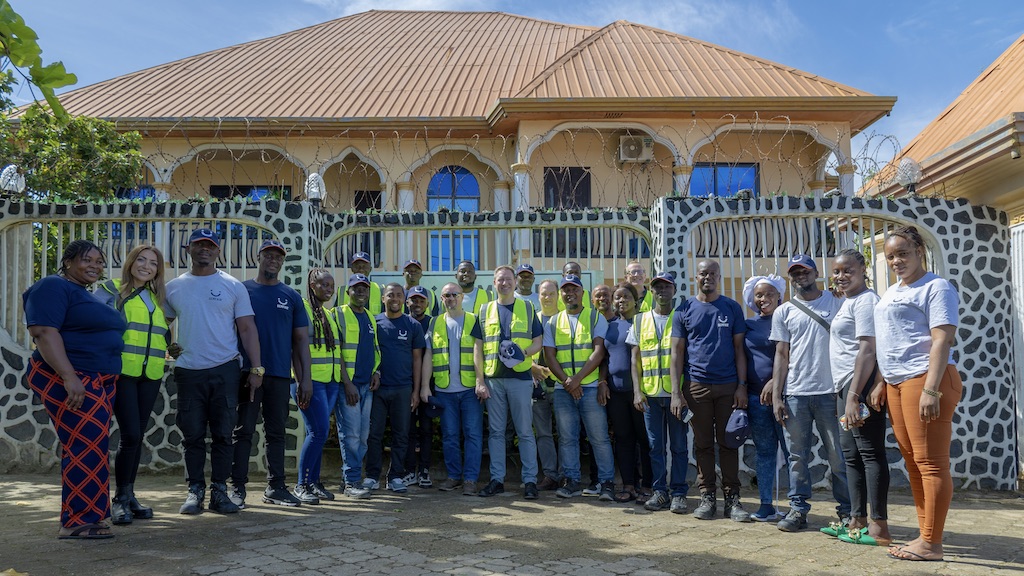
Now that GemFair has a proven track record in Kono, the next effort is to get the story to consumers. More than 90 percent of diamonds by value are registered on Tracr, a De Beers-powered platform that enables a diamond’s journey to be recorded from mine to market.
“When the consumer thinks about artisanal mining, they might think blood diamonds,” says Zerouki, “but this is the opposite; it’s a livelihood story.”
One of the champions of telling the artisanal miner’s story is Jared Holstein, founder of D’Amadeo, a San Francisco-based dealer of diamonds, colored gems, and estate jewelry. He purchased GemFair’s diamonds and sold them to his clients at the AGTA Gem Fair in Tucson for the past two years. “I’ve been watching and waiting for a program like this for decades,” says Holstein. “My clients have, too.”
Over the years, he’s followed numerous initiatives attempting to bring artisanal and small-scale mined diamonds to market but says that GemFair is the first with real results. “I was happy to hear that De Beers supported GemFair in a robust and thoroughly thought-out way.”
Holstein worked closely with Tracr to create a Diamond Search Tool, which allows D’Amadeo to show its customers the story behind each individual rough diamond. The diamond comes with a serial number, which is used to trace it from mine to market. Using GPS coordinates, there are images of the precise location where the diamond was found and videos and scans of the rough diamonds to prove it is the same stone.
Beyond great storytelling, Holstein says Sierra Leone’s rough diamonds are typically very high quality. “If jewelry is about stories, this story doesn’t get any better,” says Holstein. He’s dedicated his career to finding responsibly and ethically sourced gems and diamonds.
“It is meaningful to learn about the human contribution that unearthed these diamonds,” says Holstein. “We can share the people of Kono’s heritage and hard work with the person who gets to wear that diamond. It’s honoring the diamond miners and makes that piece of jewelry deeply meaningful.”
